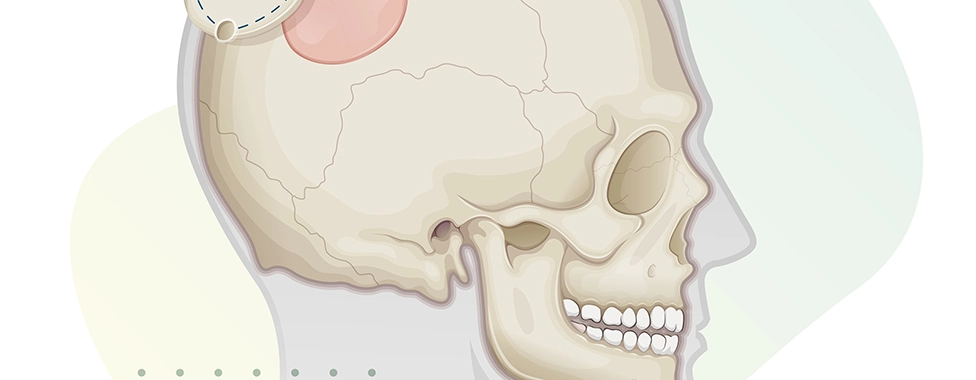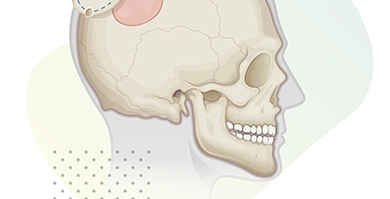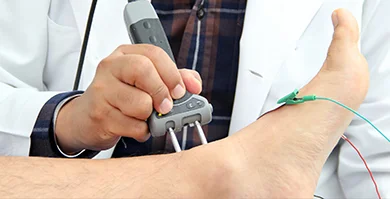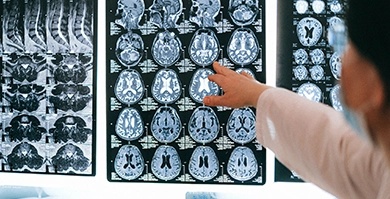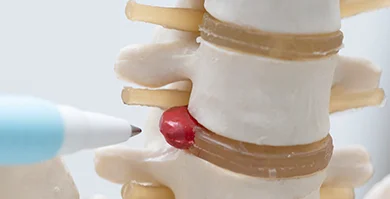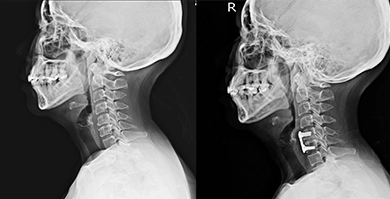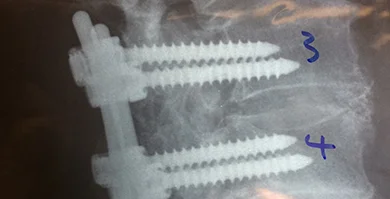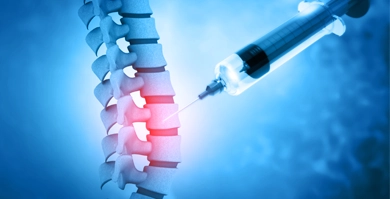A craniotomy is a complex and intricate neurosurgical procedure involving the surgical opening of the skull to access and treat various brain conditions. This highly specialized operation allows neurosurgeons to address a wide range of neurological disorders, including brain tumors, vascular malformations, traumatic brain injuries, and epileptic foci, among others. During the procedure, a section…
Continue reading Craniotomy
Carpal tunnel surgery, also known as carpal tunnel release, is a widely utilized and effective surgical intervention for relieving symptoms associated with carpal tunnel syndrome (CTS). CTS is a common condition characterized by compression of the median nerve as it passes through the carpal tunnel in the wrist, resulting in pain, tingling, weakness, and numbness…
Continue reading Carpal Tunnel Surgery
Electromyography (EMG) and Nerve Conduction Studies (NCS) are fundamental neurophysiological tests used to assess the functionality of muscles and peripheral nerves in clinical practice. EMG involves the placement of small electrodes into specific muscles to record their electrical activity, enabling the evaluation of neuromuscular disorders, such as peripheral neuropathies, myopathies, and radiculopathies. The test provides…
Continue reading EMG & NCS
Upright MRI and digital X-ray are advanced diagnostic imaging modalities that play pivotal roles in modern medical practice. Upright MRI offers a unique advantage over traditional supine MRI by allowing imaging in weight-bearing positions, enabling better assessment of spinal and joint pathologies under natural load-bearing conditions. This enhanced functionality leads to more accurate and comprehensive…
Continue reading Upright MRI & Digital X-ray
Microdiscectomy is a highly regarded surgical procedure designed to alleviate debilitating symptoms caused by herniated intervertebral discs in the spine. Employing a minimally invasive approach, this advanced technique aims to remove the affected portion of the herniated disc, thereby reducing pressure on the adjacent nerve roots and spinal cord. The procedure is performed by skilled…
Continue reading Microdiscectomy
Concussion testing is a critical aspect of assessing and managing head injuries, particularly in sports and other high-risk activities. Utilizing a comprehensive and professional approach, concussion testing aims to accurately diagnose and evaluate the severity of concussions to ensure appropriate treatment and recovery protocols are implemented. Various assessment tools, such as neuropsychological tests, balance and…
Continue reading Concussion Testing
Cervical Fusion Q & A What is cervical fusion? Cervical fusion, also known as cervical surgery or cervical spinal surgery, is a type of surgery designed to alleviate chronic neck pain by joining, or fusing, two or more bones in the neck (cervical spine). There are two main kinds of cervical fusion: Anterior cervical fusion…
Continue reading Cervical Fusion
Lumbar Fusion Q & A What is lumbar fusion? Lumbar fusion, also known as spinal fusion, is a type of surgery designed to alleviate chronic pain by limiting the motion between a pair of vertebrae. It sometimes involves adding a bone graft to part of your spine to allow the affected structures to fuse together,…
Continue reading Lumbar Fusion
Injections Q & A What is injection therapy? Therapeutic spinal injections are a “single shot” treatment technique used to introduce fluids into injured or damaged tissue to relieve pain and support healing. They are delivered directly into the affected area as an alternative to oral pain medication that is absorbed by the whole body. Some…
Continue reading Spinal Injections
Spine Surgery Q & A What can I correct with minimally invasive spine surgery? As technology advances, so does the world of possibilities for minimally invasive spine surgery. In the hands of the expert team at Legacy Brain & Spine, you can receive minimally invasive spine surgery to treat or correct a wide range of…
Continue reading Spine Surgery 





